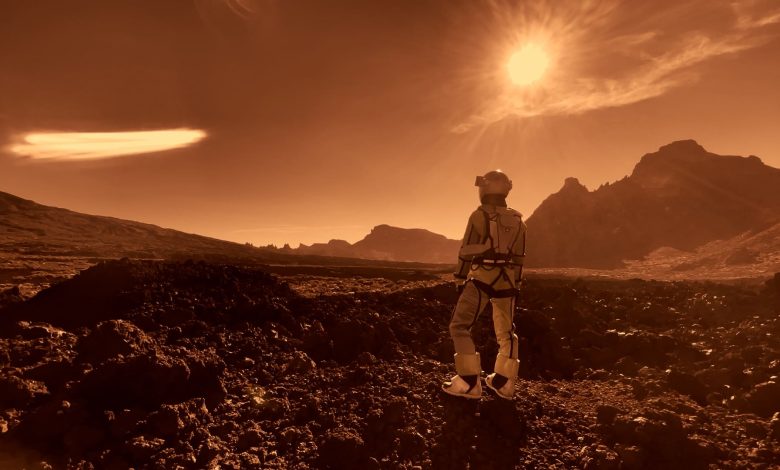Challenges face Elon Musk and NASA in sending people to Mars

President Donald Trump and Elon Musk, the world’s richest man, want to make living on Mars a reality.
Musk has said that his company, SpaceX, can get humans to Mars as early as 2029. Meanwhile, NASA officials have said that sending humans to Mars even by 2040 would be an “audacious” goal. China also has ambitions, with the country planning to establish an autonomous Mars research station by 2038.
In Musk’s view, going to Mars is tantamount to preserving humanity and escaping the ever-growing threats to Earth, including natural disasters and warfare. For scientists, Mars offers possible answers to questions such as the prevalence and diversity of life in the universe.
“The early Earth and Mars were twins. They were both rocky planets with liquid water, CO2 dominated atmospheres,” says Robert Zubrin, president of The Mars Society, a nonprofit. “So if the theory is correct that life originates naturally from chemistry, wherever the right physical and chemical conditions, then it should have appeared on Mars.”
But landing humans on Mars and settling the planet will mean overcoming a number of daunting technical challenges and risks that humans have never before faced.
“The Mars landing problem is complicated. The transit problem, super complicated. You know, the radiation environment is very severe. The life support problem. The reliability has to be super high,” said Amit Kshatriya, deputy associate administrator of the Moon to Mars Program at NASA, during a panel discussion in February. “The propulsion capability is not – you know, we got to get better in all those areas.”
At the core of Musk’s plan to reach Mars is the tallest and most powerful rocket ever built: Starship. In March, SpaceX conducted Starship’s eighth test flight. While SpaceX was able to successfully retrieve the Super Heavy booster, the Starship spacecraft exploded, leaving a trail of debris in its wake and disrupting commercial flights. SpaceX’s next test flight for Starship is expected soon.
CNBC visited the Mars Desert Research Station in Utah to get a behind-the-scenes look at what life on Mars could be like, and spoke to experts about what challenges remain to landing humans on the red planet. Watch the video to find out more.



